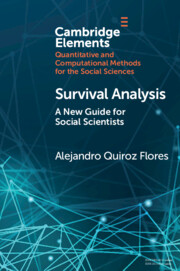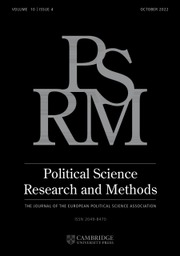Text Analysis in Python for Social Scientists
Text contains a wealth of information about about a wide variety of sociocultural constructs. Automated prediction methods can infer these quantities (sentiment analysis is probably the most well-known application). However, there is virtually no limit to the kinds of things we can predict from text: power, trust, misogyny, are all signaled in language. These algorithms easily scale to corpus sizes infeasible for manual analysis. Prediction algorithms have become steadily more powerful, especially with the advent of neural network methods. However, applying these techniques usually requires profound programming knowledge and machine learning expertise. As a result, many social scientists do not apply them. This Element provides the working social scientist with an overview of the most common methods for text classification, an intuition of their applicability, and Python code to execute them. It covers both the ethical foundations of such work as well as the emerging potential of neural network methods.
Product details
March 2022Adobe eBook Reader
9781108963091
0 pages
This ISBN is for an eBook version which is distributed on our behalf by a third party.
Table of Contents
- 1. Introduction
- 2. Ethics, Fairness, and Bias
- 3. Classification
- 4. Text as Input
- 5. Labels
- 6. Train-Dev-Test
- 7. Performance Metrics
- 8. Comparison and Significance Testing
- 9. Overfitting and Regularization
- 10. Model Selection and Other Classifiers
- 11. Model Bias
- 12. Feature Selection
- 13. Structured Prediction
- 14. Neural Networks Background
- 15. Neural Architectures and Models.




